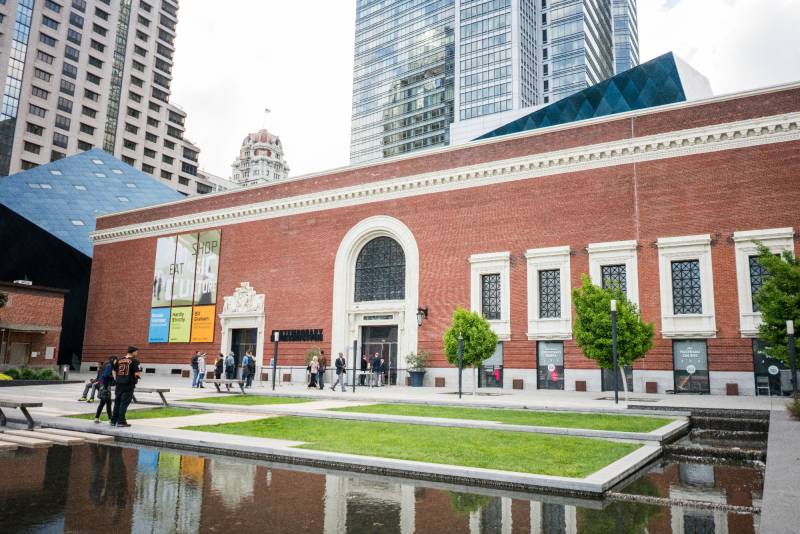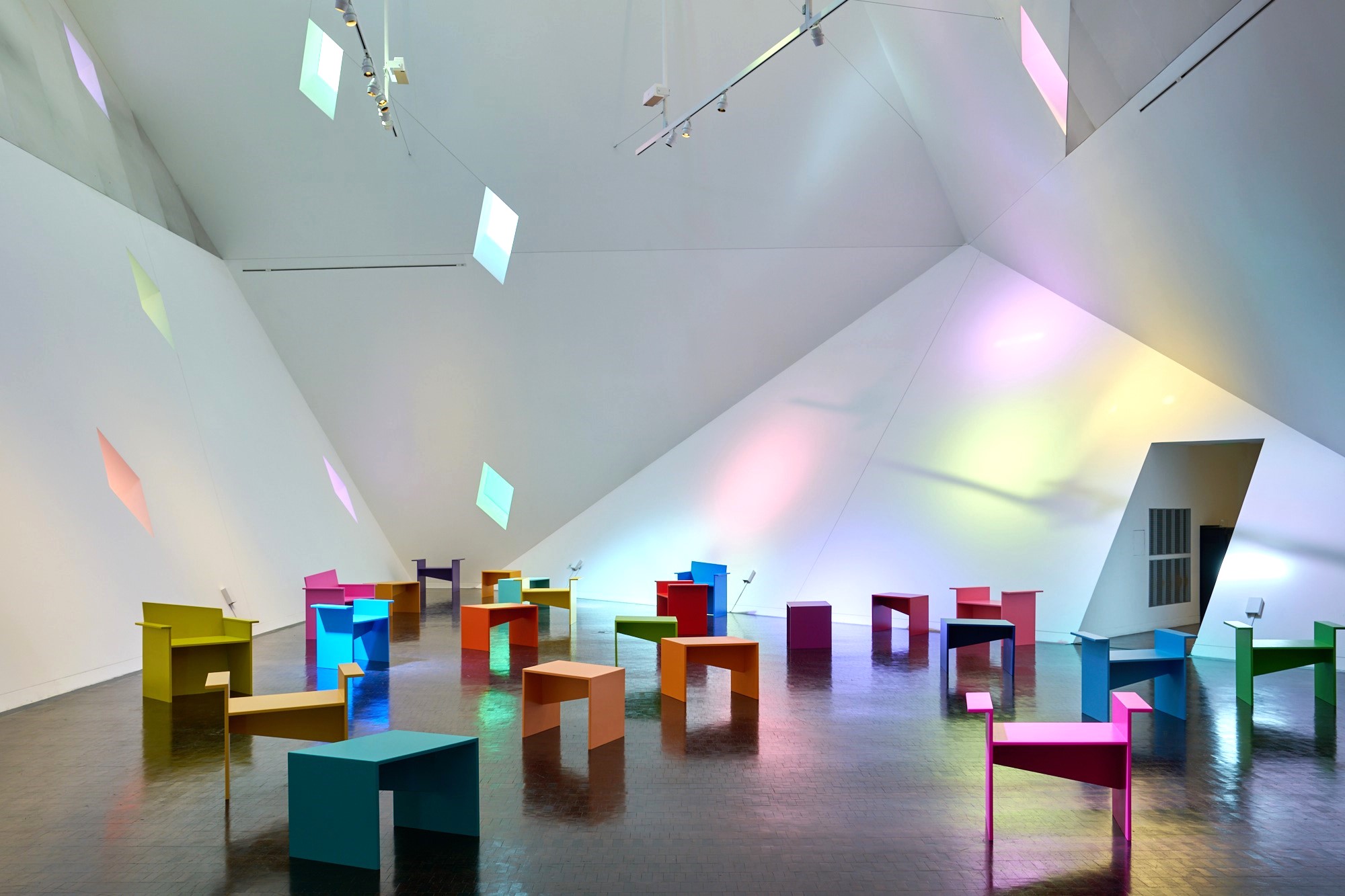Today, the Contemporary Jewish Museum announced it would close its galleries to the public on Dec. 15, citing financial difficulties. The closure will last for at least one year while staff, board members and other advisors develop plans for a more financially sustainable future. Staff layoffs will take place in phases over the next several months as the museum shrinks from 30 regular employees to 11.
Contemporary Jewish Museum to Close for at Least a Year

With an operating budget of $8.5 million, the CJM is on the smaller side of local museums. Nearby Yerba Buena Center for the Arts has an operating budget of $17.7 million; the San Francisco Museum of Modern Art runs on $91.4 million. CJM tax filings show years of operating deficits; recently, that gap widened to $4.9 million.
“Our revenue and expenses have been out of balance for some time,” CJM Executive Director Kerry King told KQED. “And like many institutions, we’ve found one-off ways to solve for that. But that doesn’t really solve the underlying balance situation.”
King, who was previously the museum’s chief operating officer and stepped into her current role following Chad Coerver’s departure in 2023, referred to the planned closure as a “sabbatical.”
“What we don’t want to do is close,” she said.
Today’s announcement cited “a challenging financial landscape, compounded by declining attendance and general support that has not fully recovered since the pandemic.”
“There’s no one thing we can point to,” King said of the CJM’s financial struggles. But it was clear to King and the board that this drastic step needed to be taken now, while there was still time to come up with a plan that could shape the museum’s future.

“This decision does not come without significant pain,” King was quoted saying in today’s announcement, “because it will affect our team of extraordinary and deeply dedicated individuals who work tirelessly to fulfill the museum’s mission.”
King said everything is on the table during the closure. They’ll be looking at scale, programming and funding sources. (In 2023, contributions accounted for over 70% of the museum’s revenue.) What won’t change, King said, are the museum’s core values.
“It continues to be the most important time ever for us to exist,” King said. “And for us to be a voice through the art and through the people that work here … for understanding what Jewish is.”
One possible route to balanced books could include relocating to a smaller venue. Founded in 1984 within the Jewish Community Federation of San Francisco on Steuart Street, the CJM opened its current Jessie Square location, a Daniel Libeskind-designed 63,000-square-foot building, in 2008. The museum currently holds a bank loan connected to the building’s construction; that loan is $1.5 million of the museum’s annual expenses.
“It’s a very expensive building to own and operate,” King said, citing mechanical and structural maintenance, as well as the cost of keeping the exhibition spaces climate controlled.
While the museum does have restricted and unrestricted endowment funds, King said, “A key goal of what we’re undertaking right now is to preserve as much of those assets as we can for our continued way forward.”
The CJM’s announcement follows news of steep financial challenges at other local arts and culture institutions. California College of the Arts recently implemented layoffs to address a $20 million deficit. Earlier this year, Headlands Center for the Arts went into a similar period of “cocooning” after laying off over a quarter of its staff.
The Dec. 15 closure at the CJM will cut short all five of the museum’s current exhibitions, which include California Jewish Open, Nicki Green’s solo Firmament and Leah Rosenberg’s long-term installation When One Sees a Rainbow.
The museum will be open with free admission through Dec. 15 to give audiences a last chance to see the shows.

